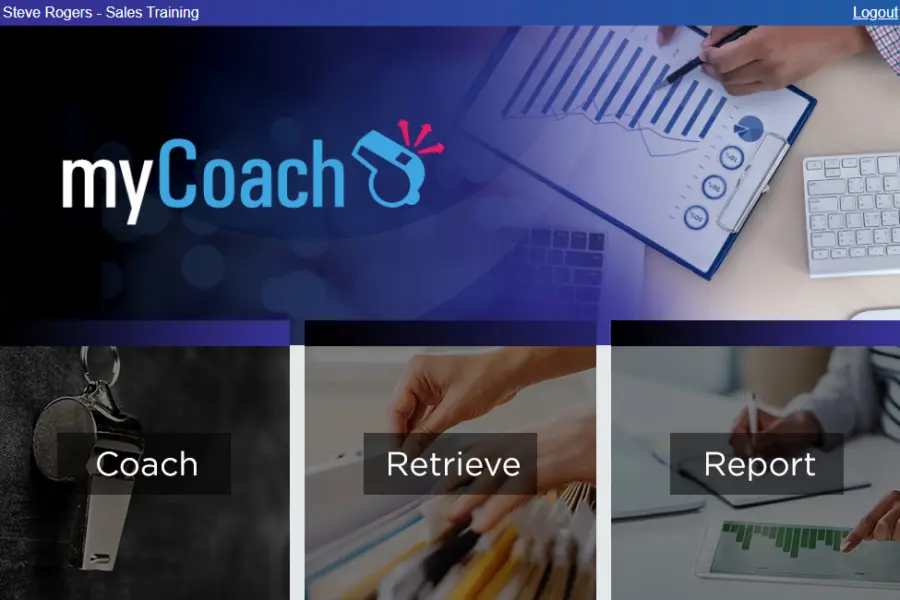Without development and reinforcement, skills and knowledge rapidly drop in effectiveness. One study about coaching and reinforcement activities found that if these critical activities don’t take place, around 87% of training simply evaporates. Think about it: tossing out 87 cents on the training dollar is not a good return on investment, so don’t cut corners on coaching and reinforcement activities.
You may understand this intellectually, but how do you put reinforcement and coaching skills to work consistently if you’re a sales trainer? How can you become a better coach? There’s no cookie-cutter answer because each organization, trainer, and trainee is different. Following are some considerations for coaching in the context of pharma sales training.
Ideas, Not Expectations Make You a Better Coach
There’s nothing wrong with expectations, but how you express them could inadvertently shut down dialog with your sales team members. Sales trainers and managers often have tremendous influence over sales team members, and when they “coach” by offering solutions or expectations, they could be squashing the opportunity for team members to contribute their own ideas.
% of training that simply evaporates
Sharing ideas, by contrast, can open up a dialog and keep a two-way conversation flowing. Sharing ideas is positive and collaborative, whereas sharing expectations or solutions hints at an agenda or ultimatum even if none is intended. In other words, instead of saying, “Here’s your solution … ” you could instead say, “Here’s one idea. What ideas do you have?”
In Pharma Sales Training Don’t Just Focus on the Numbers
Of course, sales managers have to focus on revenues and numbers, but when this becomes the sole or overriding focus, you could shortchange earlier, but no less important parts of the sales conversation. One-on-one coaching will make a claim on a sales manager or trainer’s time, but it can end up replacing other activities that give the appearance of making a difference, but really don’t.
A sales manager can spend considerable time acquiring and examining forecast data, and yet it may make little to no difference in their ability to achieve objectives. That time could be better spent coaching and focusing on the earlier aspects of the sales process. On the other hand, coaching and managing the sales actions of a team can naturally lead to the achievement of objectives (assuming actions and objectives align, to begin with).
Ride-Alongs Must Be Done Right
Spending time in the field with sales reps can be remarkably helpful, or it can be a waste of everyone’s time. Time spent on ride-alongs is for coaching, not micromanaging. A surprise ride-along is not a good idea. Rather, you should schedule it in advance and share ideas about what you hope to accomplish. Even if it is a challenging sales call, resist the temptation to take over and put things back on track. There will be time for detailed feedback afterward, so pay attention and bring up ways in which the sales team member excelled, and ways where he or she might make adjustments to improve performance.
Getting to Know Each Team Member Individually Is Key
Coaching is more involved than training and requires that you get to know each team member more individually. This investment of effort and time should pay off, however. You’ll learn that each team member has his or her own style, strengths, and weaknesses. By being able to recognize and understand these, you can tailor your coaching appropriately and maximize results. Effective coaching isn’t easy, but it’s essential for your training investment to pay off. Skills tend to fall off rapidly when they’re not reinforced and encouraged.
Coaching is in many ways an art form, and it’s about giving correction along with encouragement, without triggering resentment. Fortunately, there are tools and resources available to help the sales trainer or manager develop these essential skills. Ensuring your training goals are reached and deliver a positive return on investment requires follow-up in the form of coaching, and if you make the effort, you’ll get a much higher return on your training investment.



